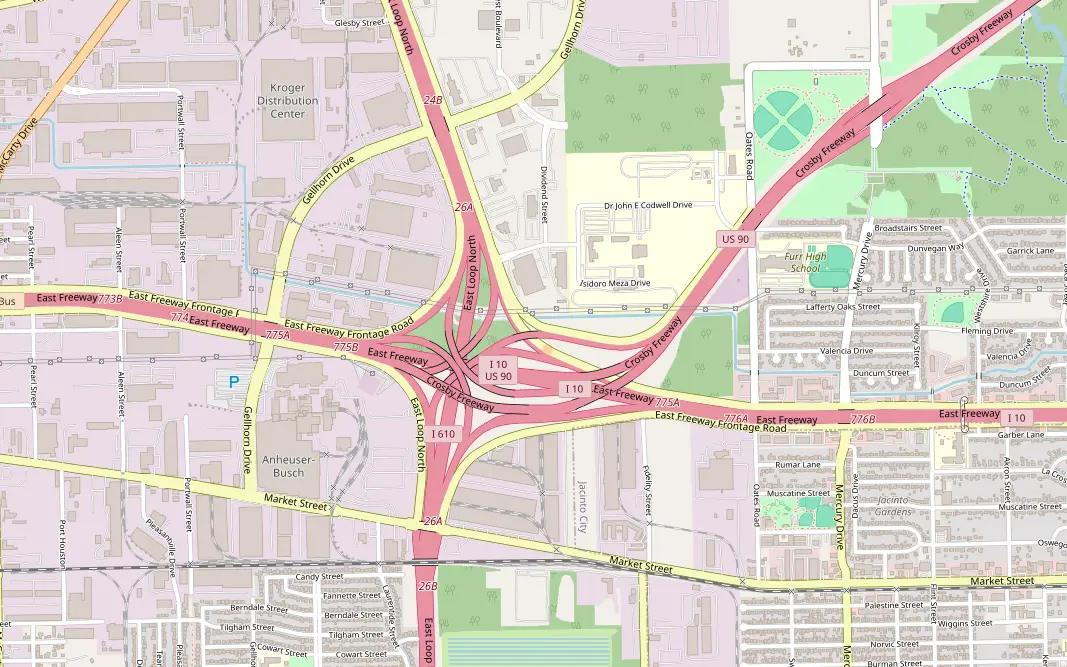

Dubai is a car dependent hellhole that exploits guest workers slaves. They’ve only got metro because it’s cool to have some and some people aren’t allowed to drive and you sort of have to pretend that you’re giving fair options to people who don’t drive.



The point was that in total you probably spend more time in your car than any sane average European would, because you lack options. And because you lack options it’s a hellscape for anyone who can’t drive a car. The point wasn’t your commute, because your commute probably doesn’t represent the median. Also good for you. My commute is also irrelevant, but it’s five minutes walk to a train, ten minutes by train and five minutes walk from the train to the office, all that in an environment where I don’t fear for my life, the noise level permits me to whisper to other people without them having difficulties hearing me.